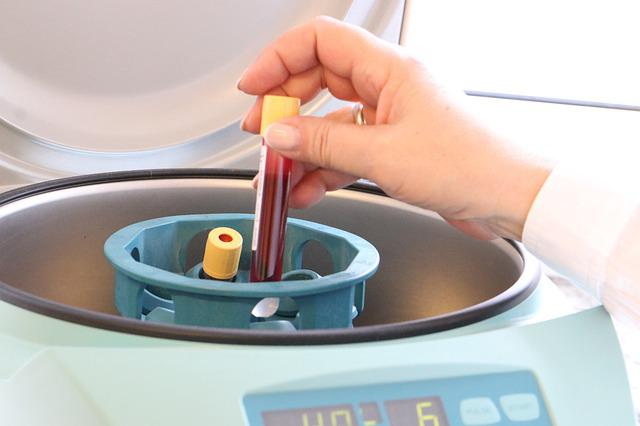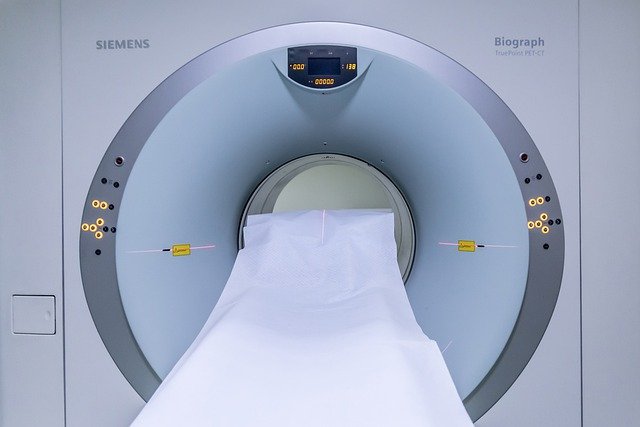Chemiluminescent immunoassay, as an important technical tool for in vitro diagnostic testing technology, emerged in the mid-1970s. Nowadays, chemiluminescence immunoassay has become a mature and advanced technique for the detection of ultra-micro-active substances. It has a wide range of applications.
According to the different luminescent substrates, chemiluminescent immunoassay technology is divided into direct chemiluminescent immunoassay, chemiluminescent enzyme immunoassay, electrochemiluminescent immunoassay.
1. Direct chemiluminescence agent
Direct labeling of antibodies (antigens) with acridine ester, and the corresponding antigens (antibodies) in the specimen to be tested after the immune reaction. It will form a solid phase encapsulated antibody - antigen to be tested - acridine ester labeled antibody complex. At this point only an oxidizing agent (H2O2) and NaOH need to be added to make it a basic environment. The acridine ester decomposes and emits light without the need for a catalyst .
The light is then received by a light collector and photomultiplier tube. And the photon energy produced per unit time is recorded, and the integral of this light is proportional to the amount of antigen to be measured. And the amount of antigen to be measured can be calculated from the standard curve.
2. Chemiluminescent enzyme immunoassay
Chemiluminescent enzyme immunoassay uses enzymes that are involved in catalyzing a certain chemiluminescent reaction. For example, HRP or ALP is used to label antigen or antibody. After immunoreaction with the corresponding antigen (antibody) in the specimen to be tested, a solid phase coated antibody - antigen to be tested - enzyme labeled antibody complex is formed.
After washing, the substrate (luminol) is added. The enzyme catalyzes and decomposes the substrate and then emits light. It is picked up by a light quantum reading system. The photomultiplier tube then converts the light signals into electrical signals and amplifies them. They are then transmitted to a computer data processing system to calculate the concentration of the assay.
3. Electrochemiluminescence immunoassay
Electrochemiluminescence immunoassay is the combination of electrochemiluminescence technology and immunoassay technology. The first is a specific chemiluminescence reaction triggered by electrochemistry on the electrode surface.
Ab is labeled with the electrochemiluminescent agent tris(bpy)ruthenium [Ru(bpy)3]2+.
Then the reaction was carried out by Ag-Ab reaction and magnetic bead separation technique. Quantitative/qualitative analysis of the Ag or Ab to be measured is performed according to the intensity of the light emitted by the triplet pyridine ruthenium on the electrode.
Chemiluminescent immunoassay is developing very rapidly. It is much more sensitive and accurate than enzyme immunoassay and fluorescence method. Chemiluminescence immunoassay has become a technique that integrates the knowledge of many disciplines. Chemiluminescence immunoassay is widely used in clinical testing, drug analysis, environmental monitoring and other fields.


